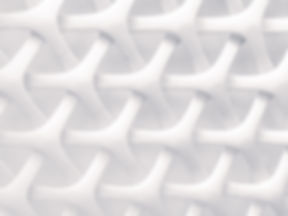



Make an appointment
















COMMON QUESTIONS
Q. Are there any foods or beverages that I should avoid giving my child to promote better oral hygiene?
A. While soda and sports drinks are popular and readily accessible, they're also very high in sugar which can contribute to cavities. Instead, opt for white milk or water. Sticky, chewy foods like fruit snacks or raisins can become stuck in the pits and grooves of your child's teeth. Over time, this can also contribute to cavities.
** The next time your child asks for a soda, read this: Sugar and acid (double-trouble )
Q. How often should my child brush their teeth?
A. The American Dental Association recommends that children brush twice daily, for 2 minutes each time. It's also important for your child to floss at least once a day. Parents, help your child floss if they're unable to do it on their own. Incorporating a fluoride rinse is also a great idea!
Q. When can I expect my child to begin losing their teeth and, at what age, will their adult teeth come in?
A. While all children are different, generally around age 5/6 is when your child will start to lose their primary or "baby" teeth. This tooth eruption chart will let you know when your child will start to see their different permanent teeth. Click here to view tooth eruption chart
Q. What is a dental "sealant" and is it something I should consider for my child?
A. According to the American Dental Association, a dental sealant is a plastic material that is applied to the chewing surface of a back tooth. The sealant acts as a barrier, protecting enamel from plaque and acid. They have been used safely and effectively for more than 20 years. For more information, click here: dental sealants
Q. What is Nitrous Oxide?
A. Nitrous Oxide, often called "laughing gas", is a sweet smelling gas used to ease anxiety and pain. it's completely safe and is very common in dentistry. It's used in addition to a topical numbing agent and local anesthetic. For more information, click here: Nitrous Oxide
